Children’s Helmet Size Guide
Ensuring your child’s helmet fits properly is crucial for safety. Measure their head circumference and use size charts to find the right fit. Helmets come in various sizes, often with adjustable dials for a secure fit. Consider factors like comfort, safety certifications, and style. Always check the manufacturer’s size guide, as sizes may vary between brands. A proper fit ensures maximum protection and comfort for your child while biking, skating, or scooting.
How to Measure Your Child’s Head for the Perfect Fit
Measuring your child’s head accurately is the first step in finding the right helmet size. Use a flexible tape measure or a string to wrap around the widest part of their head, just above the eyebrows and ears. Ensure the tape is level and not too tight or loose. Record the circumference in centimeters. If using a string, mark the point where it overlaps and measure the length with a ruler. Compare this measurement to the helmet size chart provided by the manufacturer. Most helmets come with adjustable dials or pads to fine-tune the fit. For the best results, measure your child’s head when their hair is dry and they are sitting upright. This ensures the helmet sits properly and provides optimal protection. Accurate measurement is key to ensuring comfort and safety while riding.
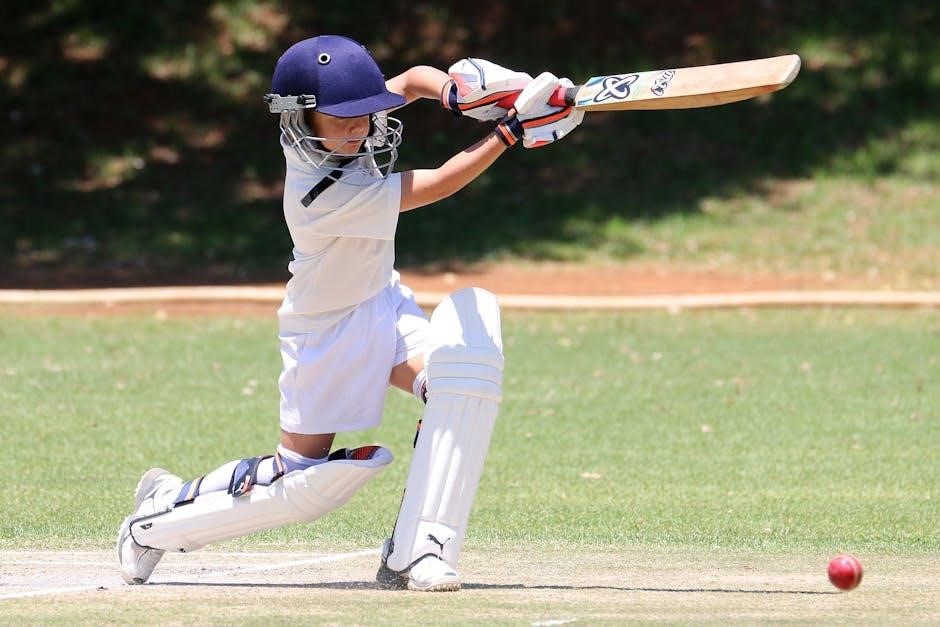
Understanding Helmet Size Charts
Helmets for children are sized based on head circumference, typically measured in centimeters. Most helmets come with size charts that categorize head sizes into ranges, such as Small (48-52cm), Medium (52-56cm), and Large (56-60cm). These charts help parents match their child’s head measurement to the appropriate helmet size. However, sizes can vary slightly between brands, so it’s important to check the specific chart provided by the manufacturer. Some helmets also include adjustable fit systems, allowing for minor customization within the size range. To ensure accuracy, measure your child’s head when their hair is dry and they are sitting upright. This helps determine the correct fit and ensures the helmet provides optimal protection. Always refer to the size chart before purchasing, as it guarantees a safer and more comfortable fit for your child. By understanding these charts, you can make an informed decision and choose the best helmet for your child’s needs.
How to Choose the Right Helmet Size
Choosing the right helmet size for your child involves a combination of accurate measurement and careful fitting. Begin by measuring your child’s head circumference using a flexible tape measure, ensuring it sits level just above the eyebrows and ears. Record the measurement in centimeters to refer to size charts provided by manufacturers. Most helmets are categorized into size ranges, such as Small, Medium, or Large, based on these measurements; Once you have the measurement, consult the specific size chart for the brand you’re considering, as sizes can vary slightly between manufacturers. Always try the helmet on your child if possible, adjusting the fit using the built-in dial or straps to ensure it sits snugly and evenly. The helmet should not be too tight or too loose, providing a secure and comfortable fit. This step is crucial for both safety and your child’s willingness to wear the helmet consistently. By following these steps, you can ensure the helmet offers proper protection and comfort for your child’s activities.
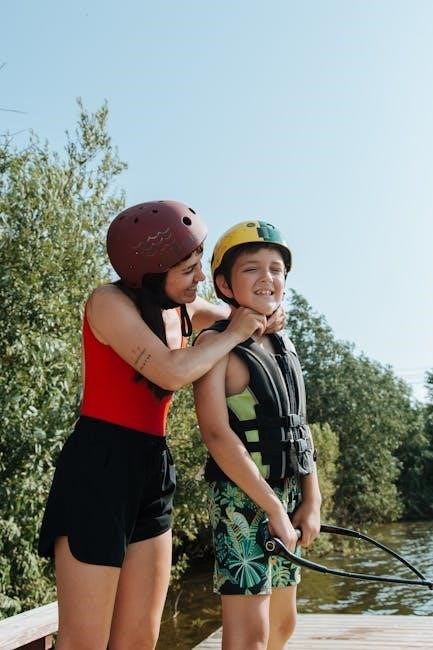
Factors to Consider When Selecting a Helmet
When selecting a helmet for your child, several factors must be considered to ensure safety, comfort, and durability. First, look for helmets that meet established safety certifications, such as those from the Consumer Product Safety Commission (CPSC), to guarantee they meet rigorous safety standards. The type of activity your child will be engaging in is also important, as helmets are designed for specific uses, such as biking, skateboarding, or skiing. Durability and build quality should not be overlooked, with features like a sturdy outer shell and shock-absorbing inner liner being essential. Additionally, consider the adjustability of the helmet, as it should fit securely and allow for growth over time. Style and design can also play a role in encouraging your child to wear the helmet consistently. Finally, think about comfort features, such as padding, ventilation, and weight, to ensure your child’s comfort during extended use. By evaluating these factors, you can make an informed decision that balances safety, functionality, and your child’s preferences.
Ensuring a Proper Fit

A proper fit is essential for a child’s helmet to provide optimal protection. Start by measuring your child’s head circumference using a flexible tape measure, ensuring it sits level and just above the eyebrows. This measurement will guide you in selecting the correct size from the helmet’s size chart. Once the helmet is on, it should feel snug but not overly tight. The front of the helmet should sit evenly on the forehead, about one to two finger widths above the eyebrows, while the back should not tilt excessively. Check the fit by gently shaking the helmet; it should not move excessively from side to side or front to back. Use the adjustable pads and fit system to fine-tune the fit, ensuring the helmet stays secure. The chin strap should also be snug, with enough room to fit one finger between the strap and the chin. Regularly recheck the fit as your child grows, ensuring the helmet remains comfortable and secure. A well-fitting helmet is key to both safety and comfort.

Adjusting the Helmet for Comfort and Safety
Adjusting a child’s helmet is crucial for both comfort and safety. Begin by ensuring the helmet sits level on the head, with the front edge just above the eyebrows. The fit system, often a dial at the back, can be tightened or loosened to achieve a snug fit. The side straps should form a “V” shape around the ears, meeting just below the earlobes. The chin strap should be snug enough to allow only one finger to fit between it and the chin. If the helmet has adjustable pads, position them to prevent pressure points and ensure even contact around the head. After adjustments, shake the helmet gently to confirm it doesn’t shift excessively; Regularly check the fit as your child grows, loosening or tightening as needed. Ensure the helmet remains comfortable during extended use, as discomfort may cause your child to adjust it improperly while riding. Proper adjustments enhance safety and encourage consistent helmet use. Always prioritize a balance between security and comfort to ensure your child’s helmet performs optimally.
Additional Features to Look for in Kids’ Helmets
When selecting a helmet for your child, consider additional features that enhance safety, comfort, and style. Look for helmets with safety certifications such as CPSC (Consumer Product Safety Commission) or ASTM standards, ensuring they meet rigorous safety requirements. MIPS (Multi-directional Impact Protection System) technology is a valuable feature that provides extra protection against rotational forces in the event of a crash. Ventilation is another key consideration, as it keeps your child’s head cool during rides. Pads with moisture-wicking fabric can improve comfort and reduce irritation. Some helmets offer adjustable fit systems, allowing for growth and flexibility. Integrated visors can shield eyes from sun glare, while reflective elements improve visibility in low-light conditions. For added convenience, some helmets include mounts for lights or cameras. Stylish designs and vibrant colors can also encourage your child to wear their helmet more willingly. These features, combined with proper sizing, ensure a helmet that is both safe and appealing for your child.
Common Mistakes to Avoid When Buying a Helmet
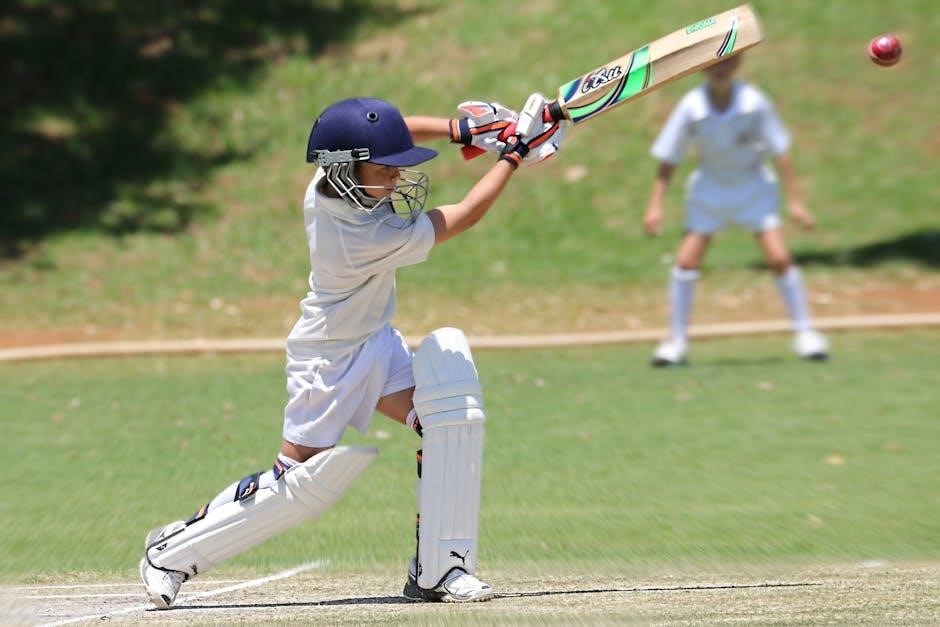
When purchasing a helmet for your child, avoid common pitfalls that compromise safety and fit. A frequent mistake is relying solely on age recommendations instead of measuring head circumference, as sizes vary widely among children. Overlooking safety certifications, such as CPSC or ASTM, can lead to choosing a helmet that doesn’t meet necessary safety standards. Neglecting to ensure a snug, level fit is another error, as a loose helmet may not protect adequately in an impact. Some parents prioritize style over functionality, opting for helmets without essential features like MIPS technology or adequate ventilation. Failing to check for proper coverage, especially at the back and sides of the head, can leave vulnerable areas exposed. Additionally, assuming a helmet will fit for multiple years without adjustment or replacement is risky, as children’s heads grow rapidly. Avoiding these mistakes ensures your child’s helmet is both safe and effective, providing peace of mind for parents and riders alike.
When to Replace Your Child’s Helmet
Knowing when to replace your child’s helmet is essential for maintaining safety. Helmets should be replaced immediately after any crash or impact, even if no visible damage is present, as the internal foam may be compromised. Look for signs of wear, such as cracks, dents, or frayed straps, which indicate the helmet is no longer safe. Additionally, children outgrow helmets quickly, so replace the helmet when it no longer fits properly, even if it appears undamaged. Many helmets have expiration dates, typically ranging from 3 to 5 years, after which the materials may degrade. If your child’s helmet is past its expiration date or has been surpassed by newer safety standards, it’s time for a replacement. Regularly inspecting the helmet and staying informed about safety guidelines ensures your child has optimal protection at all times. Replacing a helmet may seem inconvenient, but it’s a critical step in keeping your child safe during activities like biking, skating, or scooting.

Top Helmet Brands for Kids
When it comes to choosing a helmet for your child, selecting a reputable brand ensures safety, quality, and durability. Some of the top brands for kids’ helmets include Giro, Bell, POC, and Schwinn. These brands are known for their commitment to safety, innovative designs, and child-friendly features. Giro, for instance, offers stylish and lightweight helmets with excellent ventilation, making them a favorite among kids and parents alike. Bell Helmets provides a wide range of sizes and styles, ensuring a perfect fit for growing heads. POC is recognized for its high-end safety features and vibrant designs, appealing to both kids and safety-conscious parents. Schwinn, a trusted name in biking, offers affordable yet reliable helmets with adjustable fits. These brands prioritize safety certifications, such as CPSC or ASTM standards, giving parents peace of mind. By investing in a helmet from these top brands, you can ensure your child enjoys their outdoor adventures with maximum protection and comfort.
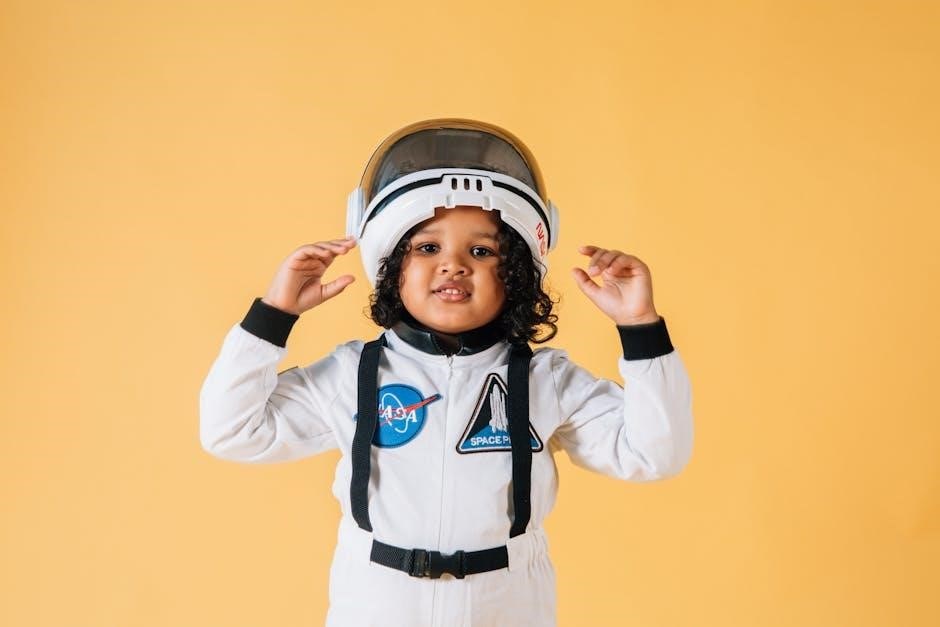
A Step-by-Step Buying Guide
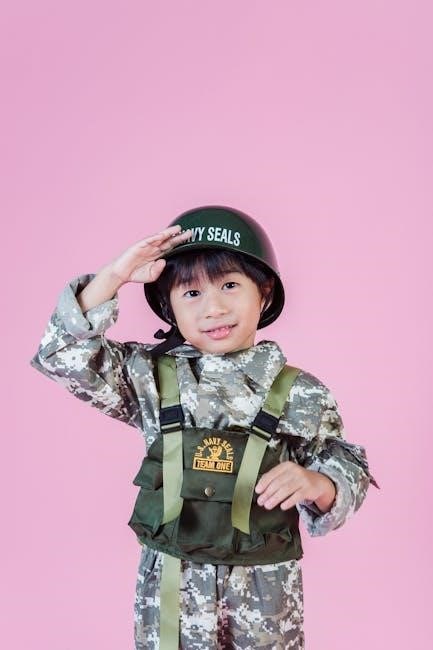
Purchasing the right helmet for your child involves a few key steps to ensure safety, comfort, and proper fit. Start by measuring your child’s head circumference using a flexible tape measure, ensuring it’s level and sits just above the eyebrows. Next, consult the size chart provided by the manufacturer to determine the appropriate helmet size. Look for helmets with adjustable dials or padding to accommodate growth and ensure a snug fit. Check for safety certifications, such as CPSC or ASTM, to guarantee the helmet meets safety standards. Consider your child’s activity—bike helmets differ from skate or ski helmets in design and features. Allow your child to try on the helmet if possible, ensuring it sits level and doesn’t tilt back. Read reviews and recommendations to find reputable brands known for quality and safety. Finally, purchase from a trusted retailer and ensure the helmet is properly adjusted before your child starts using it. This step-by-step approach ensures you find a helmet that is both safe and comfortable for your child.